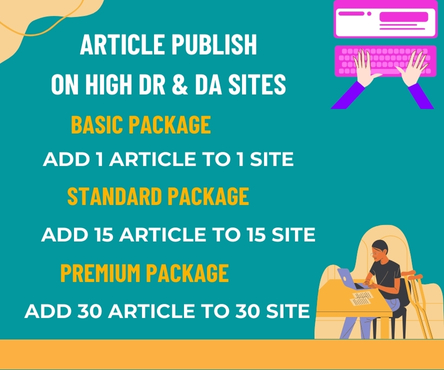When it comes to visiting a hair salon, safety and hygiene should be at the forefront of your mind. A clean and well-maintained salon not only ensures your health but also enhances your overall experience. Whether you’re getting a haircut, color treatment, or any other service, understanding what to look for in terms of safety and hygiene can help you make informed choices. Here are the key aspects to consider when assessing a salon’s safety and hygiene practices. Kapster Numansdorp
1. Cleanliness of the Environment
The first impression of a salon often comes from its cleanliness. Upon entering, take note of the overall tidiness. Floors should be free of hair, and surfaces should be regularly wiped down. A clean environment reflects the salon’s commitment to hygiene and professionalism. Pay attention to the waiting area, shampoo stations, and styling areas. If the salon appears neglected, it may be a red flag regarding their hygiene practices.
2. Sanitization of Tools and Equipment
One of the most critical aspects of salon hygiene is the sanitization of tools and equipment. All tools, such as scissors, combs, and brushes, should be sanitized after each use. Look for evidence of sterilization, such as UV sterilizers or disinfectant solutions. Single-use items, like razors and capes, should be disposed of after each client. If you notice that tools are being reused without proper cleaning, it’s best to reconsider your choice of salon.
3. Staff Hygiene Practices
The personal hygiene of salon staff is equally important. Staff should maintain high hygiene standards, which include wearing clean uniforms, using gloves when necessary, and practicing hand hygiene. Observing staff washing their hands or using hand sanitizer before and after services can be a good indicator of their commitment to safety. If staff members appear unkempt or do not follow basic hygiene practices, it may be a sign of a larger issue.
4. Proper Waste Disposal
A reputable salon should have a proper waste disposal system in place. Used items, such as gloves, cotton pads, and hair clippings, should be disposed of in designated bins. Hazardous waste, such as chemical containers, should be handled according to regulations. Proper waste disposal helps prevent contamination and ensures a safe environment for both clients and staff.
5. Air Quality and Ventilation
Good ventilation is crucial in a salon, especially when using chemical products like hair dyes and treatments. Ensure that the salon is well-ventilated to minimize the inhalation of fumes. Look for windows that can be opened or air purifiers that help enhance air quality. A well-ventilated space not only makes the environment more comfortable but also reduces the risk of respiratory issues.
6. Compliance with Health Regulations
A reputable salon should comply with local health regulations and licensing requirements. Ask about their certifications and training programs for staff. Many regions require salons to undergo regular inspections to ensure they meet health and safety standards. A salon that is transparent about its compliance with regulations demonstrates its commitment to maintaining a safe and hygienic environment.
7. Client Feedback and Reviews
Before choosing a salon, take the time to check online reviews and client feedback regarding their hygiene practices. Websites like Yelp, Google Reviews, and social media platforms can provide valuable insights into the experiences of other clients. Positive testimonials can indicate a salon’s reputation and commitment to safety, while negative reviews may highlight potential concerns.
8. Emergency Preparedness
Inquire about the salon’s emergency procedures. Staff should be trained in first aid and know how to handle emergencies, such as allergic reactions or injuries. A well-prepared salon prioritizes client safety and should have protocols in place for various situations. Knowing that the staff is trained to handle emergencies can provide peace of mind during your visit.
9. COVID-19 Precautions
In the current climate, it’s essential to consider COVID-19 safety measures. Look for salons that enforce mask-wearing, social distancing, and regular sanitization of high-touch areas. Many salons have implemented additional safety protocols, such as temperature checks and limited capacity, to protect both clients and staff. These practices help create a safer environment during your visit.
10. Open Communication
A good salon will encourage open communication about safety and hygiene. Don’t hesitate to ask questions about their practices. A professional staff will be happy to provide information and address any concerns you may have. If a salon is unwilling to discuss their hygiene practices or seems defensive, it may be a sign to look elsewhere.
Conclusion
Prioritizing safety and hygiene in a hair salon is essential for a positive experience. By paying attention to these factors, you can ensure that your visit is not only enjoyable but also safe. Always choose a salon that values cleanliness and client well-being. Remember, a little research and observation can go a long way in ensuring that you receive quality service in a safe environment. Your health and comfort should always come first when it comes to personal care.

